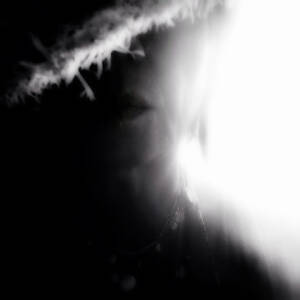Church of the Holy Sepulchre
nicely coloured slide
church - the Holy Sepulchre
in Jerusalem
Church of the Holy Sepulchre, church built on the traditional site of Jesus’ Crucifixion and burial. According to the Bible (John 19:41–42), his tomb was close to the place of the Crucifixion, and so the church was planned to enclose the site of both the cross and the tomb.
Church of the Holy Sepulchre, Jerusalem
The Church of the Holy Sepulchre lies in the northwest quarter of the Old City of Jerusalem. Constantine the Great first built a church on the site. It was dedicated about 336 CE, burned by the Persians in 614, restored by Modestus (the abbot of the monastery of Theodosius, 616–626), destroyed by the caliph al-Ḥākim bi-Amr Allāh about 1009, and restored by the Byzantine emperor Constantine IX Monomachus. In the 12th century the Crusaders carried out a general rebuilding of the church. Since that time, frequent repair, restoration, and remodeling have been necessary. The present church dates mainly from 1810.
This site has been continuously recognized since the 4th century as the place where Jesus died, was buried, and rose from the dead. Indeed, the Rock of Calvary, where the Crucifixion is believed to have occurred, is encased in glass at the lavish Altar of the Crucifixion and is the most-visited area within the church. Whether it is the actual location, however, has been hotly debated. It cannot be determined that Christians during the first three centuries CE could or did preserve an authentic tradition as to where these events occurred. Members of the Christian church in Jerusalem fled to Pella about 66 CE, and Jerusalem was destroyed in 70 CE. Wars, destruction, and confusion during the following centuries possibly prevented preservation of exact information. Another question involves the course of the second north wall of ancient Jerusalem. Some archaeological remains on the east and south sides of the Church of the Holy Sepulchre are widely interpreted to mark the course of the second wall. If so, the site of the church lay just outside the city wall in the time of Jesus, and this could be the actual place of his Crucifixion and burial. No rival site is supported by any real evidence.
Virtual Tour of the Church
and another
- 7
- 0
- Apple iPhone 6 Plus
- 1/100
- f/2.2
- 4mm
- 40

Comments
Sign in or get an account to comment.


